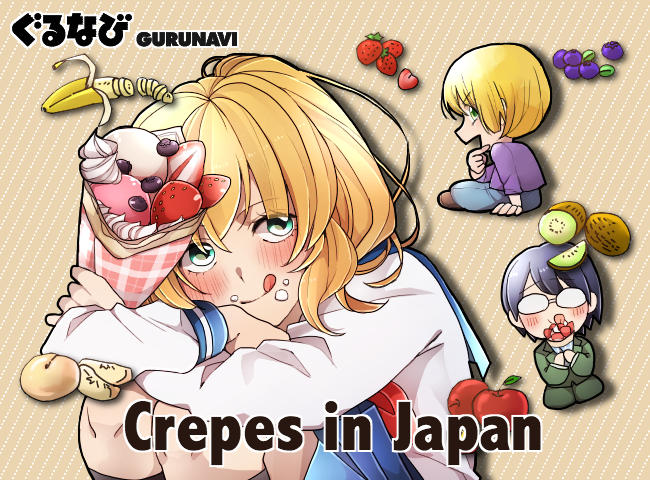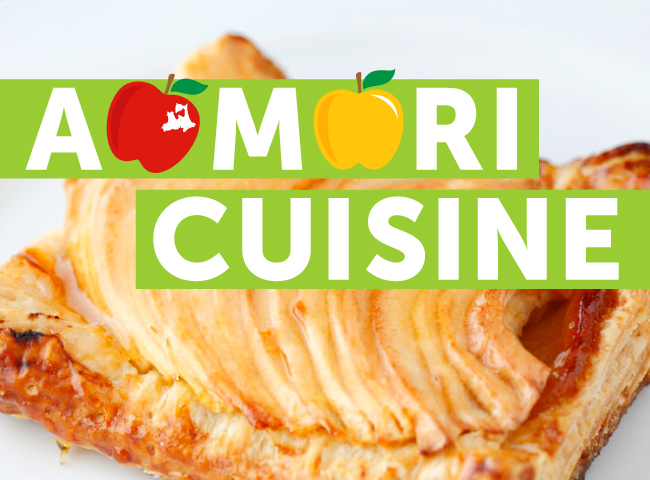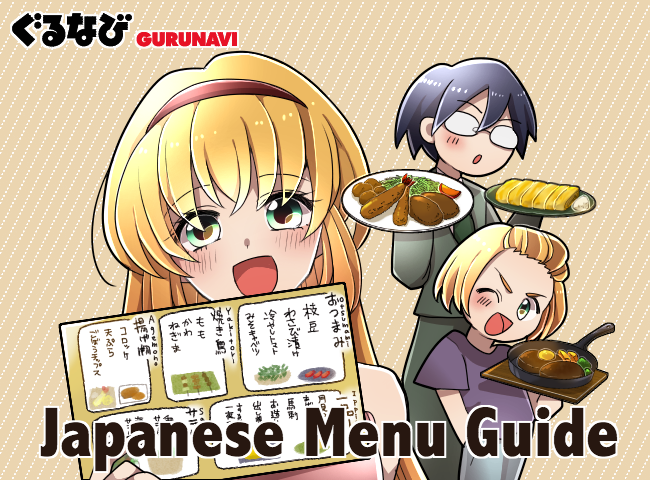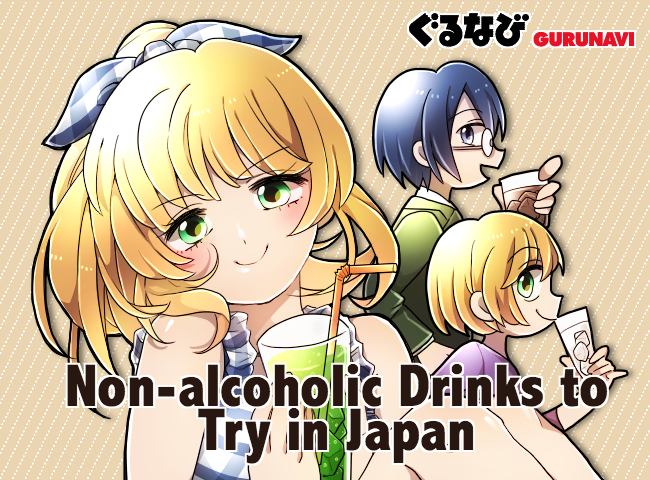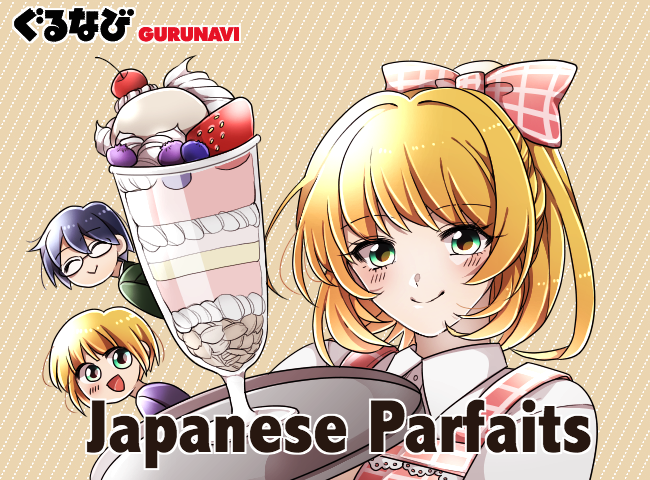9 Types of Mochi (Japanese Rice Cakes)
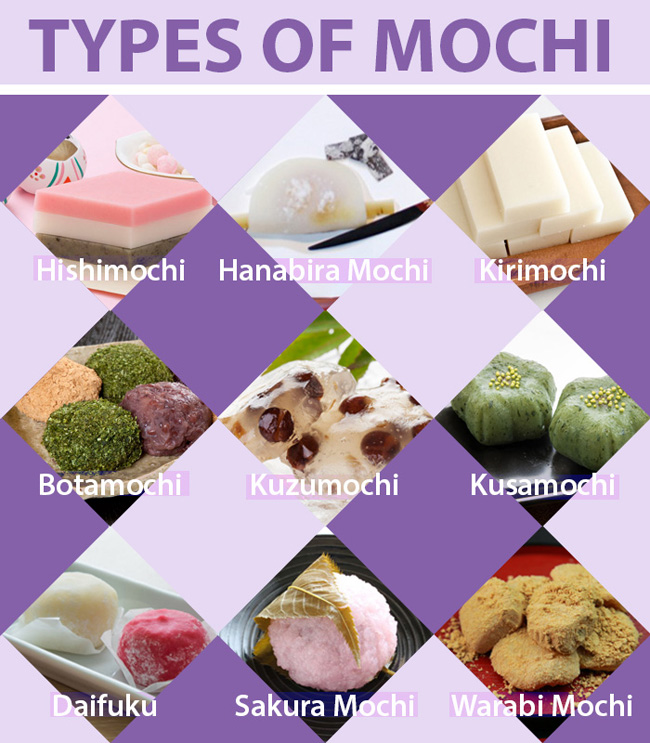
Mochi is a type of traditional Japanese rice cake that has been enjoyed in Japan for centuries. In early times, mochi were used as an offering to the gods, and afterwards were cut into pieces and shared for good luck. Later, during the Heian period, mochi became a celebratory food eaten as part of the New Year’s festivities.
The traditional method of making mochi is called “mochitsuki”, where whole rice grains are placed in an usu, a large bowl of wood or stone, and are pounded into a paste using a heavy wooden hammer. Mochitsuki events still takes place at the end of each year as people prepare for the coming New Year. Today, in addition to being used for ceremonial offerings and special occasions, the different types of mochi are enjoyed as a daily treats. They come in many different forms, including non-rice based varieties.
Japanese Mochi, a Soft and Sweet Selection
Daifuku Mochi

Daifuku mochi is a small, round cake of soft mochi stuffed with sweetened bean paste. It’s made by pounding glutinous rice with a heavy mallet until it becomes sticky, and then wrapping the dough around sweetened anko (red bean paste) or shiroan (white bean paste) and molding the rice into the desired shape. “Daifuku” in Japanese literally means “big luck”, so over time has taken on lucky symbolism. Daifuku typically comes in white, pink, or pale green and can be eaten as is, or toasted lightly so the mochi becomes soft and sticky.
Sakura Mochi
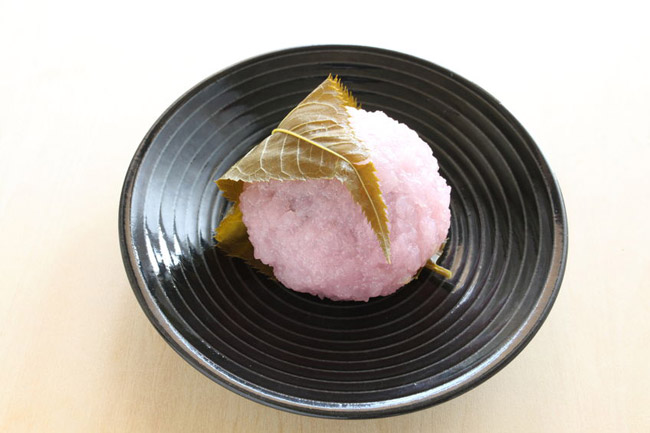
Sakura mochi (cherry blossom mochi) is a light pink colored Japanese rice cake filled with sweetened red bean or white bean. Like daifuku mochi, it’s made with glutinous rice that has been pounded into a paste, but with a lumpier texture as some grains left partially intact compared to the smooth texture of daifuku. A salted sakura leaf is wrapped around the mochi for a sweet and salty treat. Sakura mochi is usually eaten during the Hinamatsuri (Girls Day) festival and is also enjoyed throughout the spring season.
Warabi Mochi

Warabi mochi is a clear dessert with a soft, jelly-like texture that is popular throughout Japan, but particularly in the Kansai region of Western Japan. Unlike other types of mochi, warabi mochi is made with the starch of the warabi (bracken) plant rather than from mochi rice. It has very little flavor by itself, but it’s a popular and refreshing treat to eat during the summertime with toasted kinako (soybean flour) or kuromitsu (brown sugar syrup).
Botamochi / Ohagi

Botamochi and ohagi are two names to describe a type of Japanese rice cake consisting of smooth or chunky red bean paste wrapped around a rice ball of sticky mochi rice. They’re eaten during the Buddhist holiday of Ohigan, held in the fall and spring, where people pay tribute to their ancestors by making offerings at Buddhist altars. Botamochi, named after the peony (botan) flower, is eaten during the springtime, while ohagi, named after Japanese bush clover, is eaten during the fall. Botamochi and ohagi can be eaten as-is or coated in kinako powder, aonori seaweed, matcha powder or crushed sesame.
Kuzumochi

Kuzumochi is a type of mochi made with the starch of the kuzu (Japanese arrowroot) plant. Similar to warabi mochi, it’s a popular summertime treat that’s enjoyed with kinako powder and kuromitsu syrup. It can also be eaten with a scoop of sweetened red bean paste on top. Because there is no rice or dairy used, kuzumochi is both gluten-free and vegan.
Kusamochi

Kusamochi is a type of mochi made with sticky rice and yomogi, Japanese mugwort plant. The mochi can be an even green color from the use of powdered yomogi or it may include flecks of yomogi leaf. The plant is used for a number of Japanese sweets, including yomogi daifuku, with the green mochi filled with red bean paste.
Hishimochi
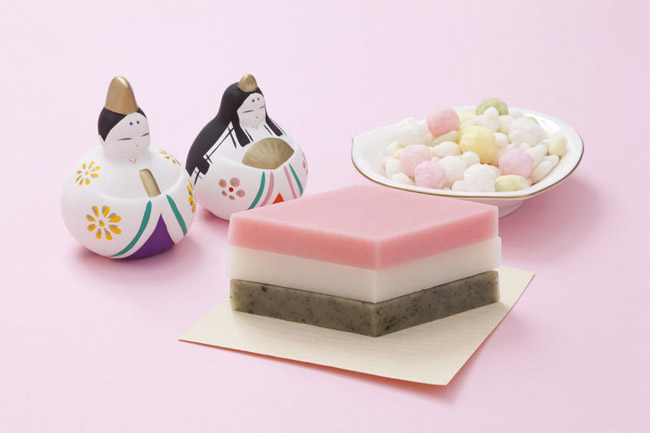
Hishimochi is a diamond-shaped Japanese rice cake featuring three colored layers of pink, white, and green that’s served during Hinamatsuri. This mochi is typically presented with the Hina dolls in the days leading up to the Hinamatsuri festival and then is finally eaten on Girls Day. The pink layer is to represent plum blossoms and good health; the white signifies winter, long life and fertility; and the green signifies spring and new life.
Hanabira Mochi

Photo by mdorisyu on flickr
Hanabira mochi, or “flower petal mochi”, is a rarer confectionary from the Kyoto region that was traditionally enjoyed by the Japanese nobility during New Year festivities. There are several elements to hanabira mochi, including a candied stick of gobo burdock root, sweetened white bean paste with miso, and a very soft piece of white mochi that’s rolled into a flat circle and folded to enclose the other ingredients. Hanabira mochi has a distinctive appearance due to the uniquely flat shape of the mochi, which is folded in half around the filling with the edges left unsealed. It also has a blushing red color due to the colorful filling that shows through the white color of the mochi.
Kirimochi / Marumochi
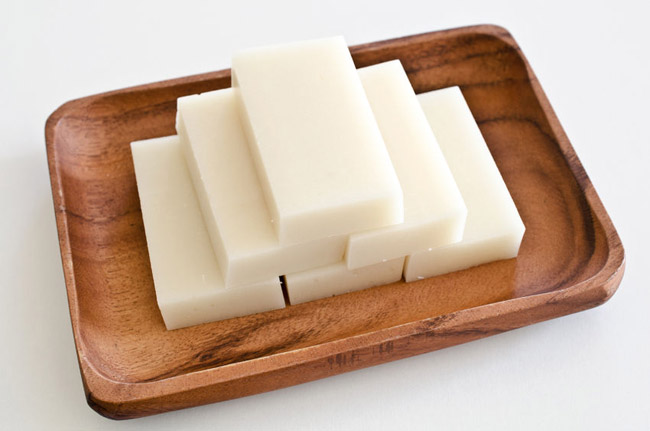
Kirimochi and marumochi are two kinds unsweetened mochi that are packaged in a hard, dried form for cooking. Kirimochi is cut into blocks and vacuum sealed, while marumochi is round. These can both be easily warmed in the microwave until soft and gooey, baked in the oven until puffy and browned, or even toasted in a waffle maker for a unique shape. Kirimochi and marumochi are used in a variety of preparations, such as for savory ozoni soup during the New Year celebrations, or topped with sweet condiments for a dessert.
Plain, Stuffed and Sweetened, There’s Types of Mochi for All Tastes
Mochi is a favorite treat in Japan and the first thing that many people think of eating on a special occasion. With the variety of flavors and types available, including gluten-free and vegan-friendly, mochi can be enjoyed by anyone.


